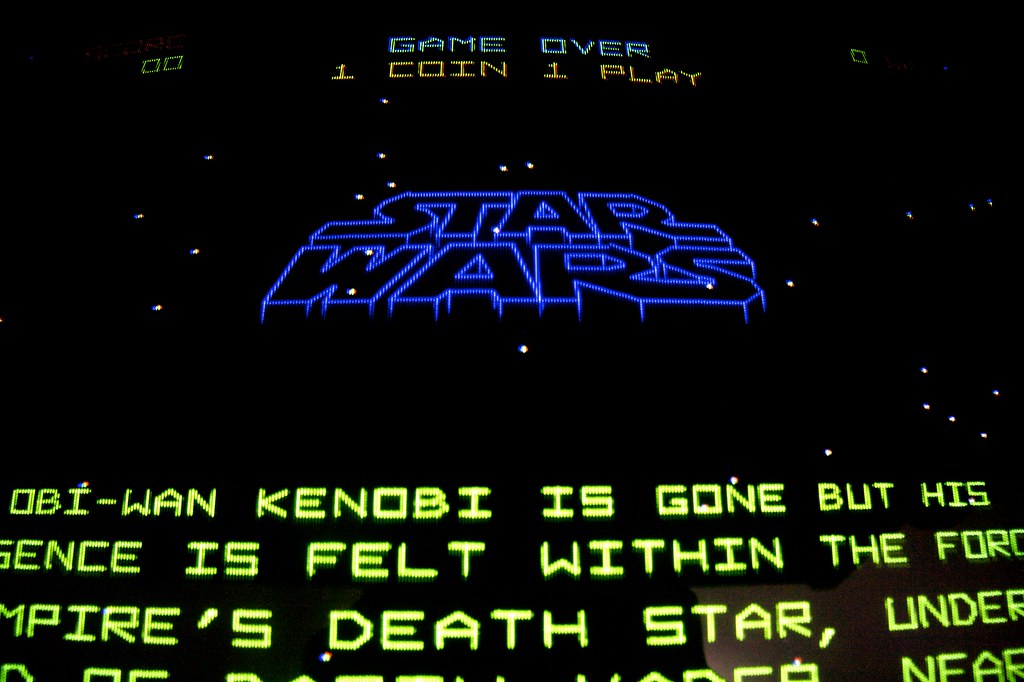Remember the good old days when PC game ads were a wild mix of bold claims, over-the-top scenarios, and sometimes, a dash of controversy? Those were the times when print magazines were adorned with advertisements that could make you raise an eyebrow, chuckle, or even gasp. The marketing strategies were as diverse as the games themselves, and they certainly didn’t shy away from pushing the envelope. From Nintendo’s marketing shenanigans to Sega’s provocative messages, the ’90s and early 2000s were a golden era of PC game advertising that we may never see again. But what made these ads so memorable, and why have things changed so drastically today?
Let’s take a stroll down memory lane and explore the evolution of PC game advertising, from the outrageous to the misleading. We’ll delve into the tactics that made these ads stand out, the cultural impact they had, and how the landscape has shifted to the current state of misleading advertisements that plague our social media feeds.
The ’90s: A Time of Unbridled Creativity in Game Ads
The ’90s were a time of experimentation and boldness in the gaming industry, and this was reflected in the advertisements. Companies like Nintendo and Sega were in fierce competition, and their ads reflected that rivalry. Nintendo’s marketing was ‘completely out of control,’ with campaigns that were edgy, humorous, and sometimes downright bizarre. Sega, on the other hand, wasn’t afraid to go hard with messages that suggested their games were so good, you’d want to ‘fuck your video games.’
These ads were more than just attention-grabbing; they were a reflection of the culture of the time. Gaming was becoming a mainstream pastime, and advertisers were keen to tap into the youth market with messages that resonated with a generation looking for something different and exciting. The ads often took potshots at competing franchises, a tactic reminiscent of the ‘original Battleborne tweeting at Overwatch.’
It wasn’t just about being brash. The creativity on display was staggering. Timesplitters had an ad that became a fan favorite, and even the marketing team for some games would throw their hands up and say, ‘fuck it, let’s not even try to explain whatever the hell this is.’ It was a time when you could have a fun advertisement without stirring up controversy or hurting people’s feelings.
The Shift to Misleading Online Game Ads
Fast forward to today, and the landscape of game advertising has shifted dramatically. Gone are the days of print ads that could become iconic among gaming communities. Instead, we’re bombarded with online ads that often promise more than the games can deliver. These misleading ads are designed to increase conversion rates, and while they may not violate a company’s terms and conditions, they can be highly deceptive.
Companies use fake ads to make their promotional campaigns successful, focusing on increasing the conversion rate and decreasing the cost per install. However, these ads come with a cost. They can damage a company’s reputation, lead to a high churn rate as players quit games that don’t meet expectations, and result in negative reviews that impact the game’s organic ranking.

The Conundrum of Ad Approval
One might wonder why these misleading ads are allowed to proliferate across social media platforms. The answer lies in the fine print of advertising policies. While ad companies do not condone deceptive practices, the ads in question are often designed to skirt around the terms and conditions. They do not directly sell a product but rather encourage a free download, which technically does not qualify as misleading under many policies.
This loophole allows advertisers to continue using these tactics without fear of being banned. They ensure that their ads align with the company’s policies, even if they stretch the truth about the game’s content. It’s a delicate balance between attracting users and staying within the legal boundaries of advertising.
How to Spot and Respond to Misleading Ads
How can you tell if an ad is real or fake? Look at the related images under the app’s listing on the App Store or Google Play Store. Check out gameplay videos on YouTube, and read the most recent reviews on the store. If there’s a discrepancy between the ad and the actual game, it’s likely misleading.
If you come across a fake ad, don’t just ignore it. Add a review under the app listing, comment on social media, report the ad, and share your findings on platforms like Reddit. It’s important to take action to prevent others from being deceived.
The Future of Game Advertising
The question remains: where do we go from here? The industry must find a balance between creative marketing and honest representation. As players become more aware and vocal about misleading ads, companies may be forced to reconsider their strategies. The hope is that with enough pushback from the community, the industry will shift towards more transparent and truthful advertising practices.
In the meantime, it’s up to us as informed consumers to stay vigilant. By holding companies accountable and demanding better, we can help shape the future of game advertising into one that respects and values the intelligence and trust of gamers everywhere.
The wild west of old PC game ads may be behind us, but their spirit lives on in the memories of gamers who experienced that era. Today’s challenge is different: staying vigilant against misleading ads and protecting the integrity of the gaming experience. By being informed and proactive, we can ensure that the games we download are the ones we actually want to play, and not just the ones with the most enticing ads.
Related posts:
Fake Game Ads: Everything You Need to Know
90s-2000s video game print ads sure were something
I’ve Never Forgotten These Vintage Computer Game Print Ads




